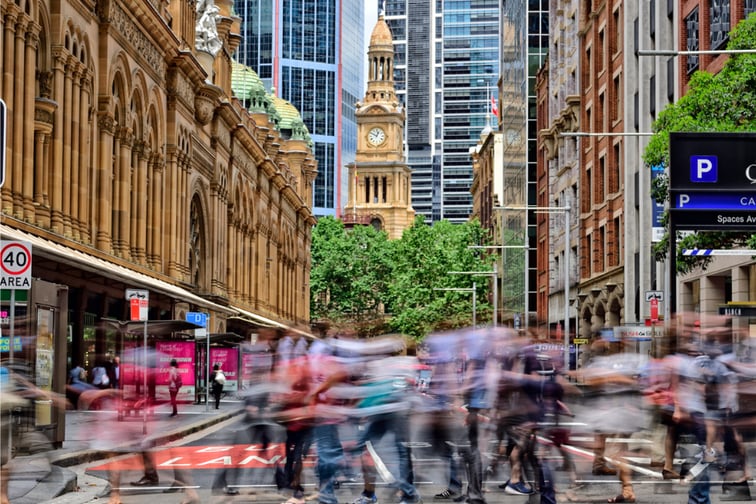

Australian prestige property prices soared last year as ultra-wealthy buyers added extra homes to their portfolios and vied for limited supply in the market, a new report has shown.
But with not enough top-end homes to meet buyer demand due to luxury developers facing supply chain disruptions and scarce sites for new residential projects, prestige property prices are tipped to rise even higher this year.
Knight Frank’s Prime International Residential Index showed that the Gold Coast recorded Australia’s fastest growth in prime property prices (meaning the top 5% of homes in a market) in 2021, posting a 17.1% growth to rank 12th in the world, overtaking Sydney, where prestige property prices rose 16.2% in a year and ranked 17th globally, The Sydney Morning Herald reported.
Also posting growth over the year were Brisbane with 11.2%, Perth with 10.5%, and Melbourne with 9.4%.
Although the growth was not quite as strong as the broader market, Michelle Ciesielski, Knight Frank Australia head of residential research, said luxury property prices saw consistent growth throughout the pandemic, whereas mainstream prices fell briefly in 2020 and then rebounded.
“[It] shows the resilience and shows how much the ultra-wealthy population has accumulated wealth in the last couple of years,” Ciesielski said. “When we asked our ultra-wealthy clients what their intentions were, 28% said, in Australia, they intend to buy another home in 2022.”
Ultra-high-net-worth individuals, defined as those with assets of US$30 million or more, have nearly a third of their wealth invested in primary and second homes. Their global population was up by 9.3% last year and is predicted to double in the decade to 2026, SMH reported.
Ciesielski said that unlike the mainstream market, which is becoming wary of a potential rise in mortgage costs that could push property prices lower, top-end buyers often purchased in cash and were undeterred by the prospect of rising interest rates.
The report also noted a chronic shortage of new homes being built in well-heeled neighbourhoods, however – an issue Ciesielski said was already in focus before the pandemic and could be made worse as international arrivals start to return.
“Through the pandemic we’ve had supply chain disruptions and we’ve had inflation on the different types of materials that are being used within the development, then there’s certainly going to be competition for some of the luxury new apartments and townhouses that are being built,” Ciesielski said. “It’s a really tricky one for developers… Before they can even start construction they need to find the sites that are suitable for these affluent clients. People that are buying apartments and townhouses, that are coming out of quite big homes, they are looking for quite a large floor plate, so developers are also grappling with that issue of making these house-like apartments for this buyer type.”
With more demand than supply, Knight Frank predicted Sydney prestige property prices to increase 9% this year, Melbourne 7%, and the Gold Coast 8%, SMH reported.
